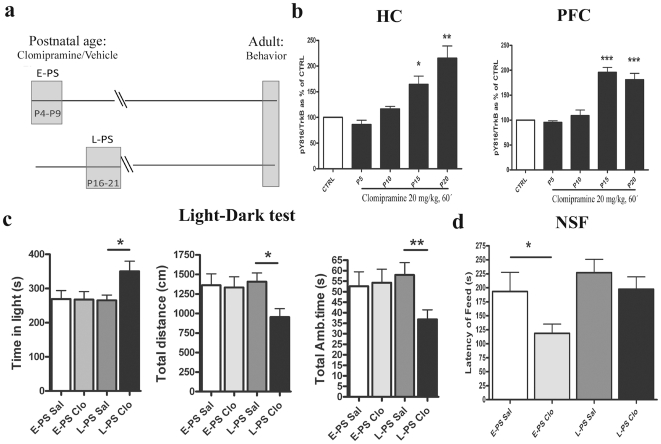Figure 7. Postnatal systemic clomipramine treatments lead to long-lasting and distinct behaviours depending onexposure period.
(a) Schematic figure showing treatment groups. Animals were treated with a daily dose of clomipramine (20 mg/kg, i.p.) during early (P4-9; E-PS) or late (P16-21; L-PS) postnatal period. At 3 months of age the animals were subjected to behavioural analyses (b) Age-dependent phosphorylation of TrkB receptor (Y816) in mouse brain after acute treatment with clomipramine (20 mg/g, i.p., 60 min). (c) Clomipramine treatment during late postnatal period (activates TrkB) produces anxiolytic-like behaviour in the light-dark test. (d) Clomipramine treatment during the early postnatal period (does not activate TrkB) produces anxiolytic-like behaviour in the novelty-suppressed feeding task. A t-test (b) or Two-Way ANOVA followed with Bonferroni post hoc test (c–d) was performed for statistical analysis; *P<0.05, ** P<0.01, *** P<0.001 compared to the respective age saline (Sal) treated group. The CTRL bar is representative of each respective control at each age. n = 6/group (biochemical analysis) or n = 10–15 per group (behavioural analysis).

